Martial arts training trends continue to evolve as more practitioners seek environments that honor individual goals and foster growth through supportive atmospheres. In this article, we delve into the shift towards personalized coaching and relaxed settings, with expert insights from Daniel Pollaccia of Mastermind Martial Arts. Whether for fitness, self-defense, or competition, embracing tailored approaches is reshaping how martial arts schools cultivate skills and community.
Overview of Martial Arts Training Trends
Definition and evolution of martial arts training trends —Traditional martial arts once emphasized uniformity and rigid discipline. Modern trends increasingly focus on adapting methods to better serve diverse student backgrounds and aspirations.
Importance of adapting training to individual needs —Recognizing that every student has unique goals, whether fitness, self-defense, or competitive fighting, is crucial for engagement and progress.
Shift towards more personalized and flexible training environments —Schools now prioritize flexibility, offering training that adjusts pace and content to fit personal objectives rather than enforcing a one-size-fits-all model.
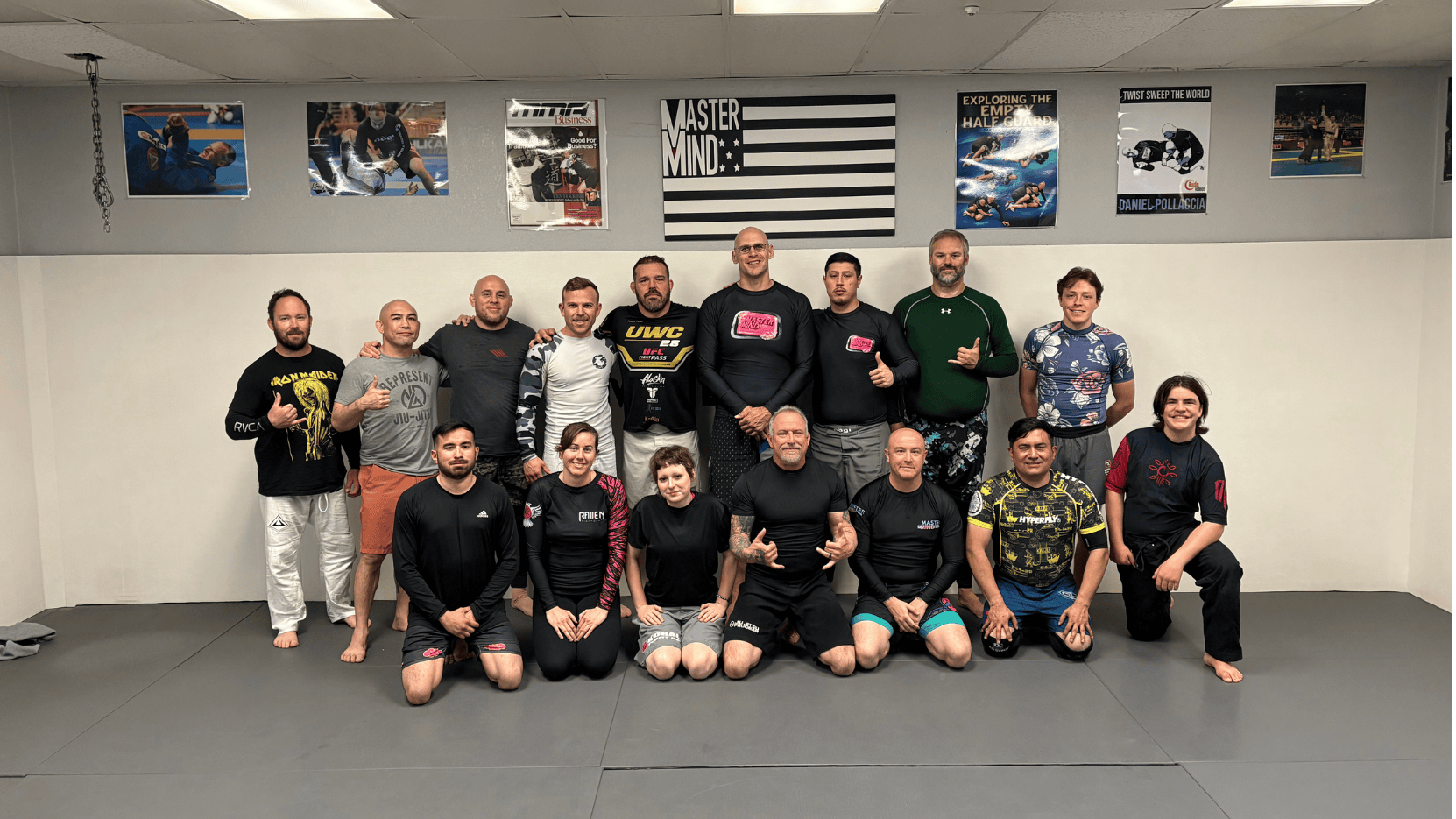
The evolution of martial arts training trends reflects a broader cultural shift in how skills are taught and learned. From the time when classes demanded strict adherence to uniform techniques, the landscape has matured to embrace individuality and diverse learning styles, expanding the accessibility and appeal of martial arts worldwide.
The Rise of Personalized Martial Arts Training
Tailoring training to individual goals: different students come for fitness, self-defense, or competition, requiring varied approaches within even a single class.
Daniel Pollaccia of Mastermind Martial Arts shares, “ I’m big on setting goals... The more specifics, the better. ” His philosophy underscores how clarity in goals sharpens training focus.
Examples of personalized approaches within group classes —Instructors often modify drills and intensity levels to match diverse student ambitions simultaneously.

Personalization in martial arts training is a catalyst for enhanced motivation and success. Daniel explains how within one kickboxing class, students pursuing vastly different outcomes—from self-defense techniques for a single mom to rigorous conditioning for a cage fighter preparing for competition—receive tailored guidance that respects their unique journeys.
Benefits of Personalized Training in Martial Arts
Improved motivation and engagement —Personal relevance increases commitment and enthusiasm.
Better skill development aligned with personal objectives —Focused training ensures progress in areas that matter most to the individual.
Enhanced student retention and satisfaction —Feeling seen and supported keeps students returning and thriving.
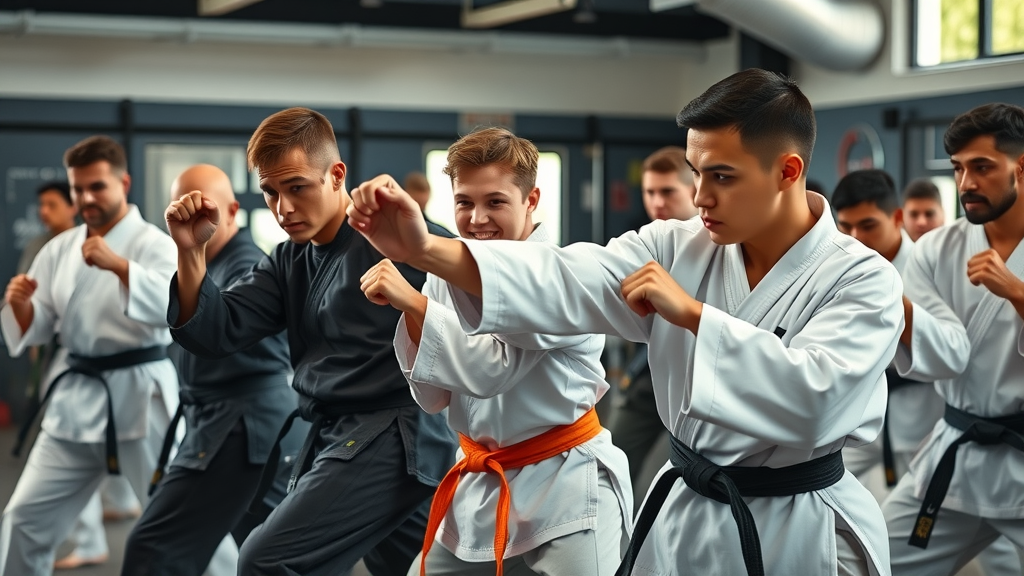
The advantages of personalized training extend beyond technique acquisition. By aligning martial arts practices with each student’s goals, instructors foster a deeper connection and persistent attendance. This approach nurtures a sustained passion and measurable improvement, hallmarks of effective martial arts training trends .
Creating a Relaxed Environment to Promote Growth
Daniel emphasizes, “ I try to keep a real relaxed environment... promotes growth better, promotes learning better. ” This approach balances discipline with approachable warmth.
Balancing structure and flexibility in martial arts schools —While maintaining necessary discipline, schools adopting relaxed atmospheres encourage exploration and creativity.
How relaxed atmospheres reduce tension and encourage learning —Stress-free settings lower barriers to participation and foster openness to feedback.
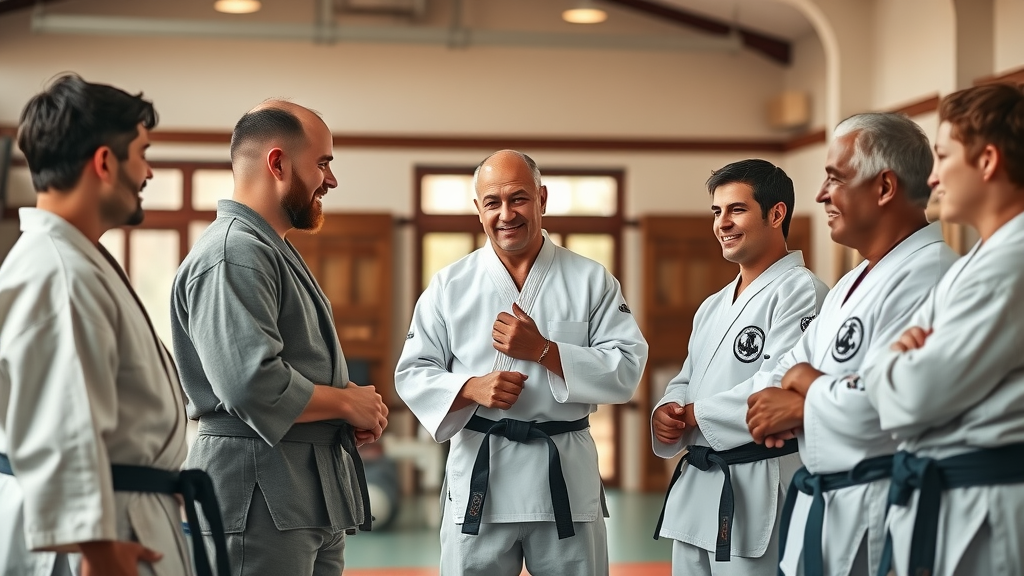
Relaxation in the training environment is a powerful growth enabler. Daniel of Mastermind Martial Arts asserts that an overly formal atmosphere may introduce unnecessary tension that hampers learning. In contrast, his gym’s welcoming climate creates space for students to absorb concepts, experiment, and gain confidence.
Comparison: Traditional Rigid vs. Relaxed Training Environments
Aspect |
Traditional Rigid Environment |
Relaxed Environment |
|---|---|---|
Atmosphere |
Highly structured, formal |
Casual, welcoming |
Student Interaction |
Strict hierarchy |
Open and approachable |
Learning Style |
Uniform pace |
Adapted to individual needs |
Effect on Growth |
Can cause stress |
Encourages creativity and retention |
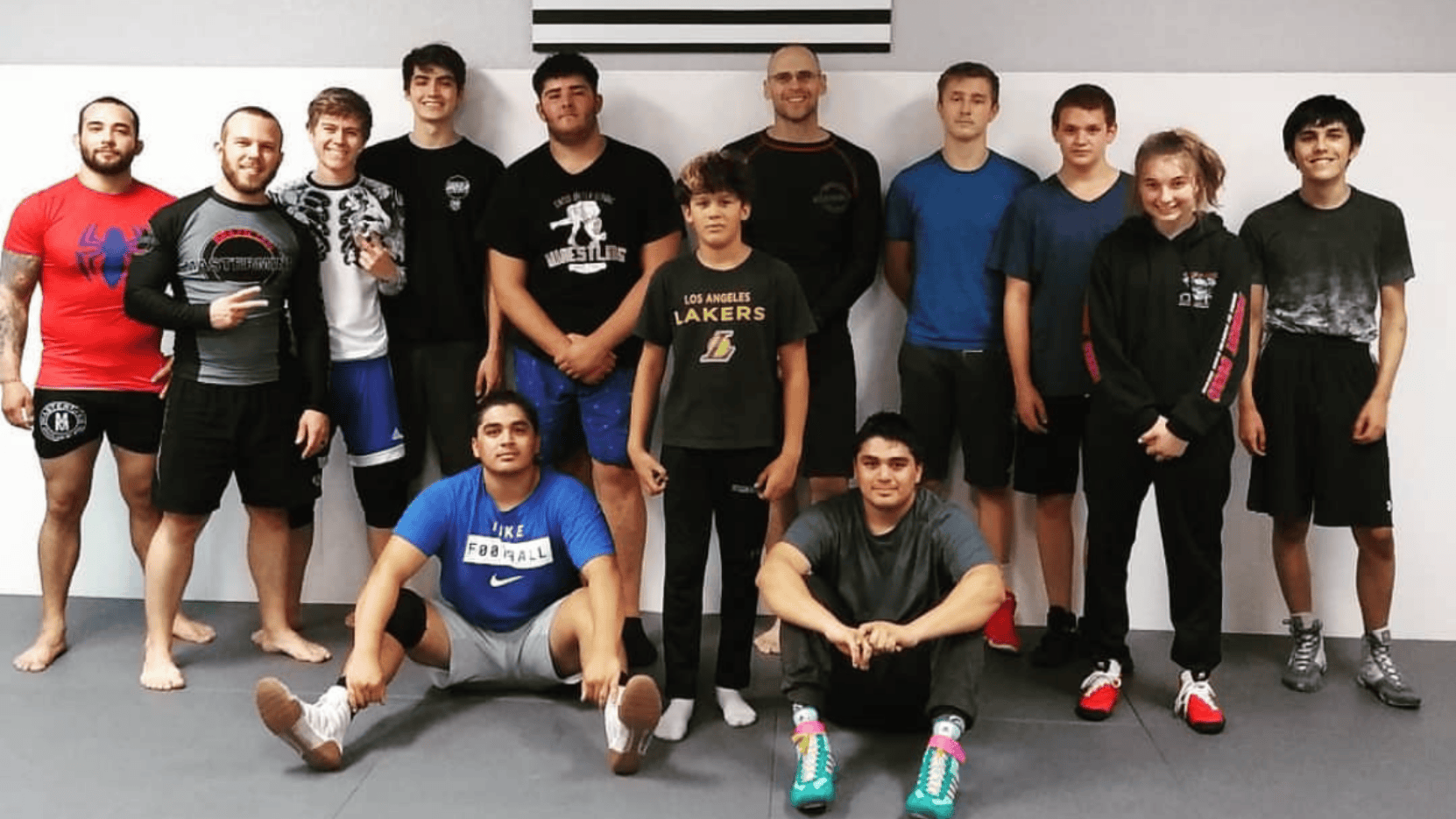
This comparison highlights how martial arts training trends are moving from inflexible, hierarchical models to more fluid environments that prioritize individual comfort and learning pace—factors proven to improve student outcomes.
Expert Insights from Daniel of Mastermind Martial Arts
“I’m there every day... I actually care about my students and their progress.” – Daniel, Mastermind Martial Arts
Daniel brings 24 years of martial arts experience across judo, jiu-jitsu, and kickboxing disciplines.
He maintains a hands-on role, personally handling social media, teaching, and direct student communication, which reinforces his deep commitment.
His approach emphasizes understanding individual student needs and adapting training accordingly, reflecting progressive martial arts training trends .
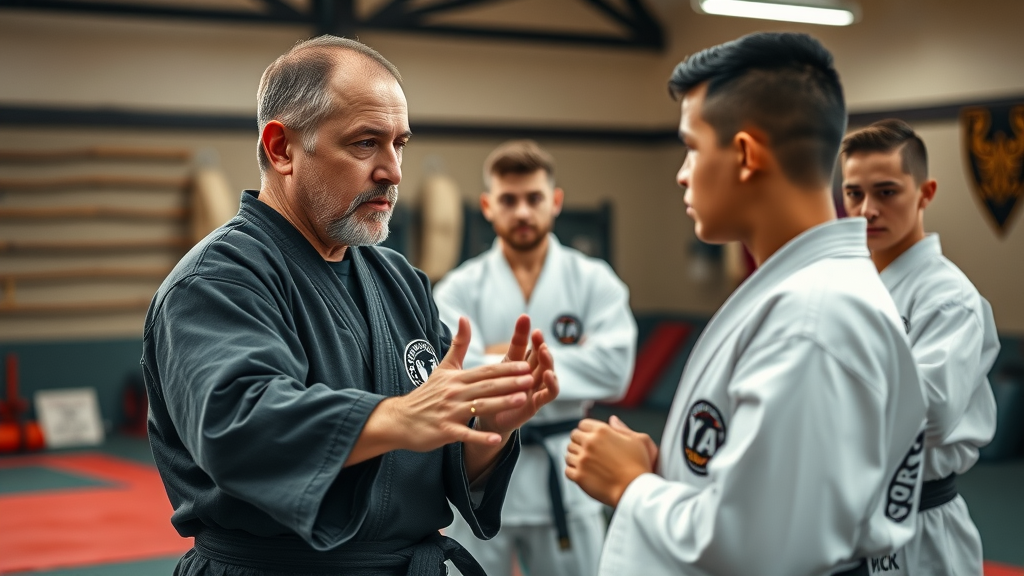
Daniel’s extensive background and personal investment define a new standard in martial arts instruction. He integrates years of competitive and teaching experience to create tailored and empathetic coaching, embodying the evolution of modern martial arts education.
Common Misconceptions About Martial Arts Training
Martial arts is only for fighting or competition — a narrow view that overlooks fitness, discipline, and self-defense benefits.
One-size-fits-all training methods are effective — ignoring the diversity in student goals and capabilities.
Strict discipline means rigid and unfriendly environments — many schools now blend discipline with supportive atmospheres.
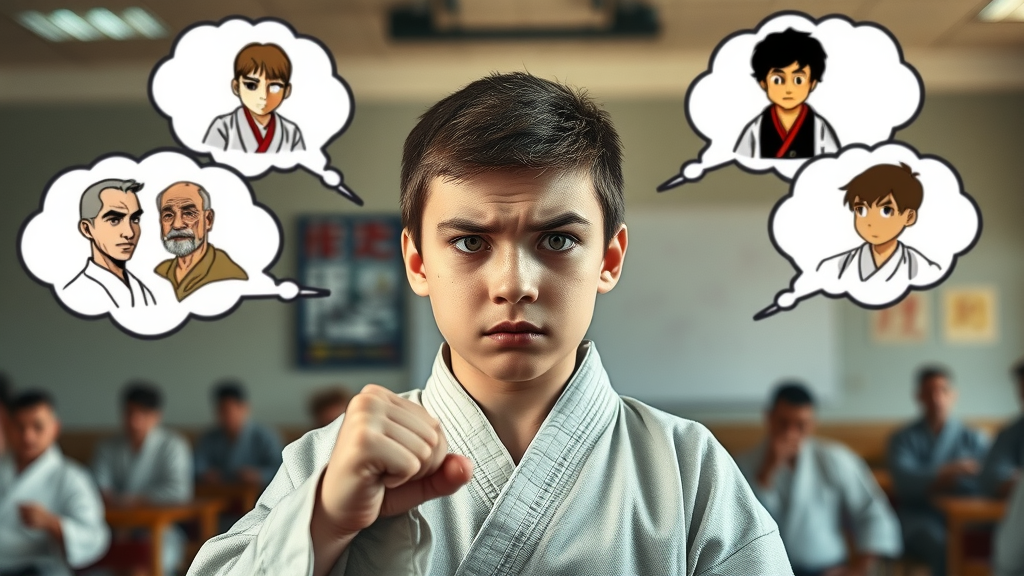
Debunking myths is essential to understanding current martial arts training trends . Daniel stresses how these misconceptions can deter potential students from discovering the true richness and flexibility that contemporary programs offer.
Actionable Tips for Choosing the Right Martial Arts Training
Identify your personal goals: fitness, self-defense, competition, or discipline.
Look for schools that offer personalized training plans tailored to your needs.
Consider the training environment and level of instructor involvement.
Ask about class structure and how they accommodate different skill levels.
Evaluate the instructor’s experience along with student testimonials and success stories.
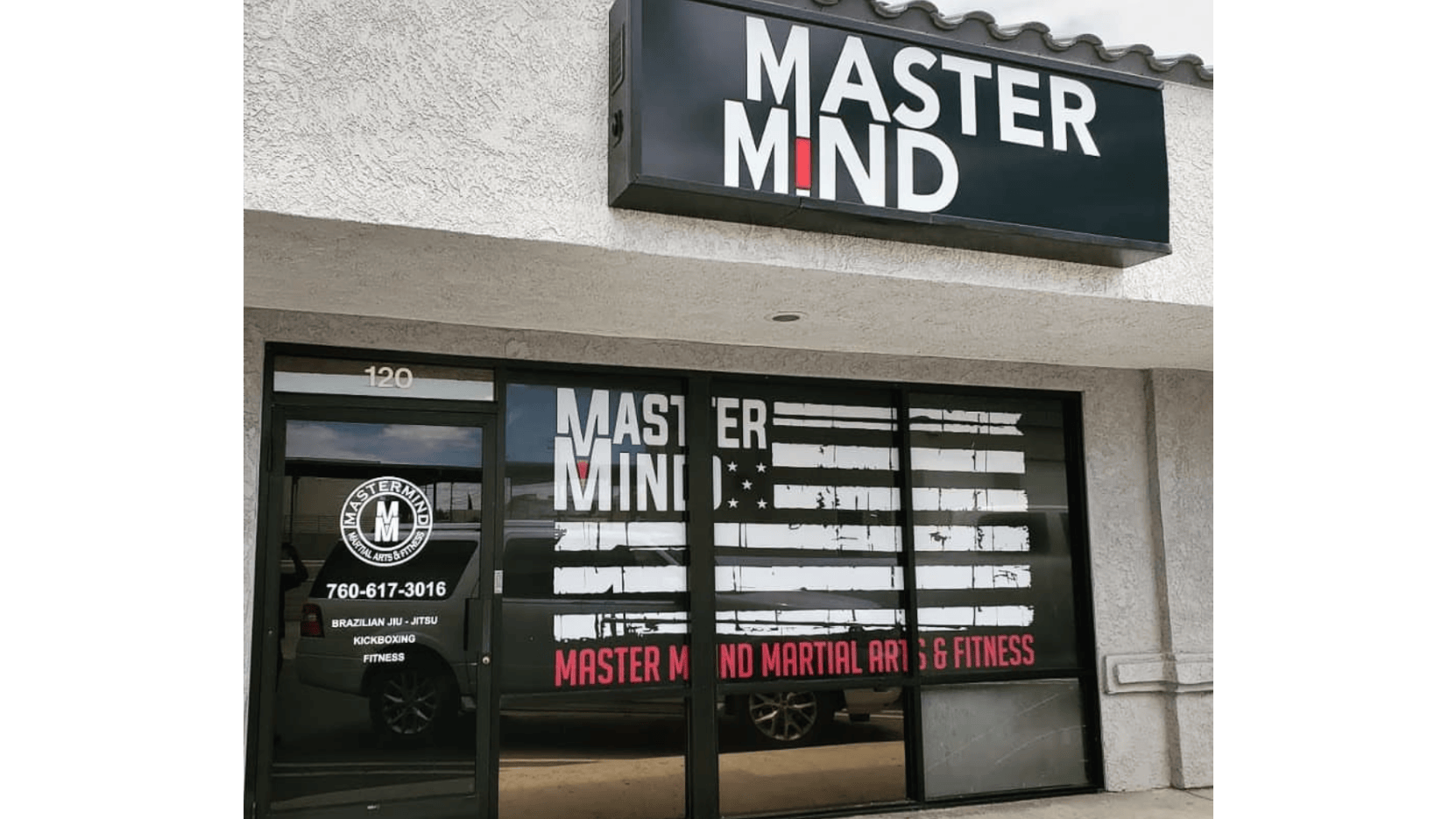
Prospective students should apply these criteria to align their expectations with the school’s offerings. Daniel’s model at Mastermind Martial Arts demonstrates how these factors blend to deliver a fulfilling and growth-oriented martial arts experience.
People Also Ask
What are the latest trends in martial arts training? Emphasis on personalized coaching, relaxed training environments, and skill adaptability to individual goals.
How does personalized training improve martial arts skills? It aligns instruction with specific objectives, increasing motivation and accelerating progress.
Why is a relaxed environment beneficial for martial arts students? It reduces stress, encourages creativity, and fosters consistent attendance.
What should beginners look for in a martial arts school? A welcoming atmosphere, qualified instructors, personalized guidance, and classes suitable for all skill levels.
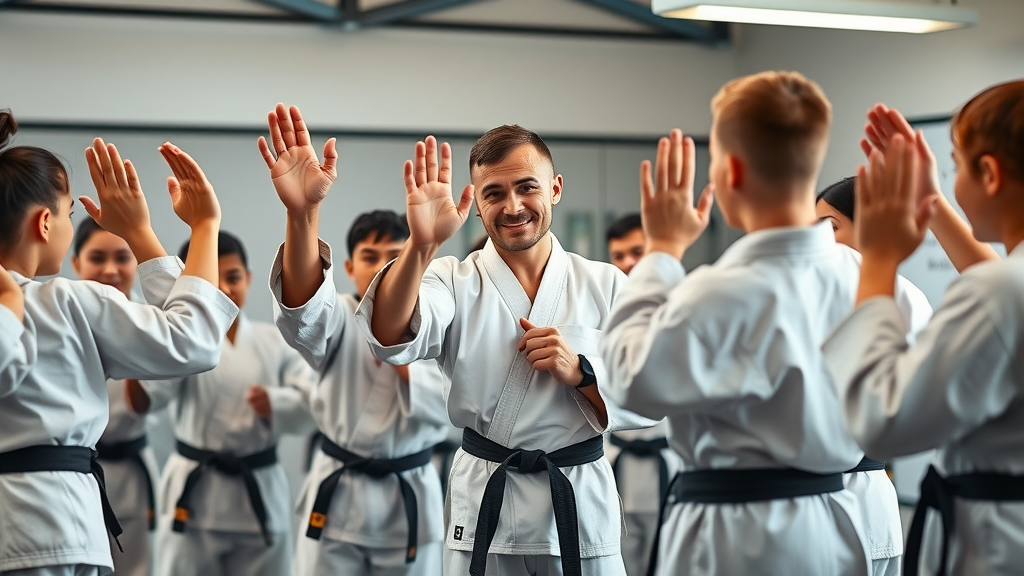
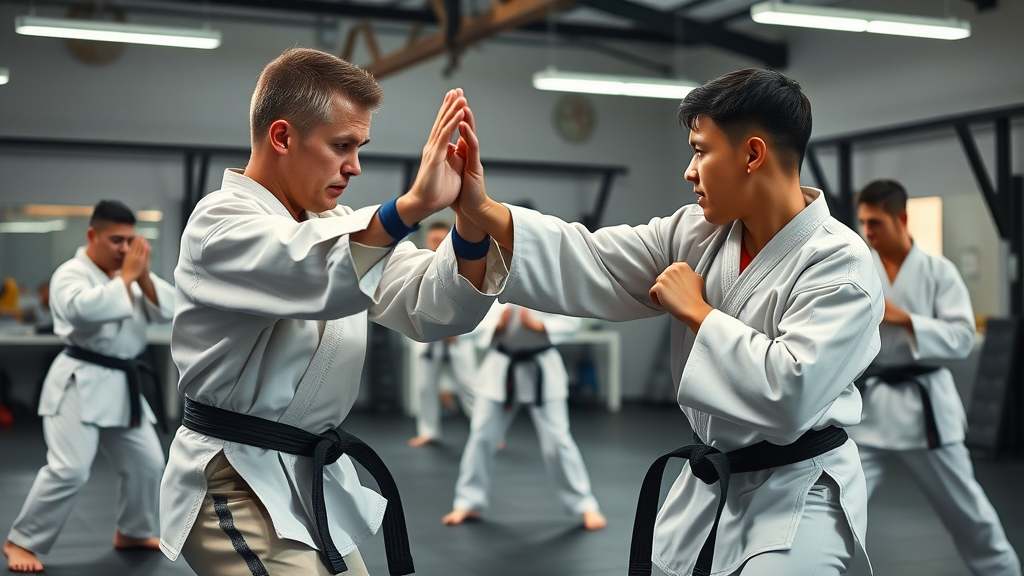
Key Takeaways
Martial arts training trends emphasize personalization and relaxed, supportive environments.
Setting clear, individual goals enhances training effectiveness and satisfaction.
Experienced instructors like Daniel Pollaccia provide hands-on, tailored coaching that meets diverse student needs.
A balanced approach blending structure with flexibility fosters sustainable growth and learning.
Choosing the right school hinges on matching your goals with a training environment that inspires and supports you.
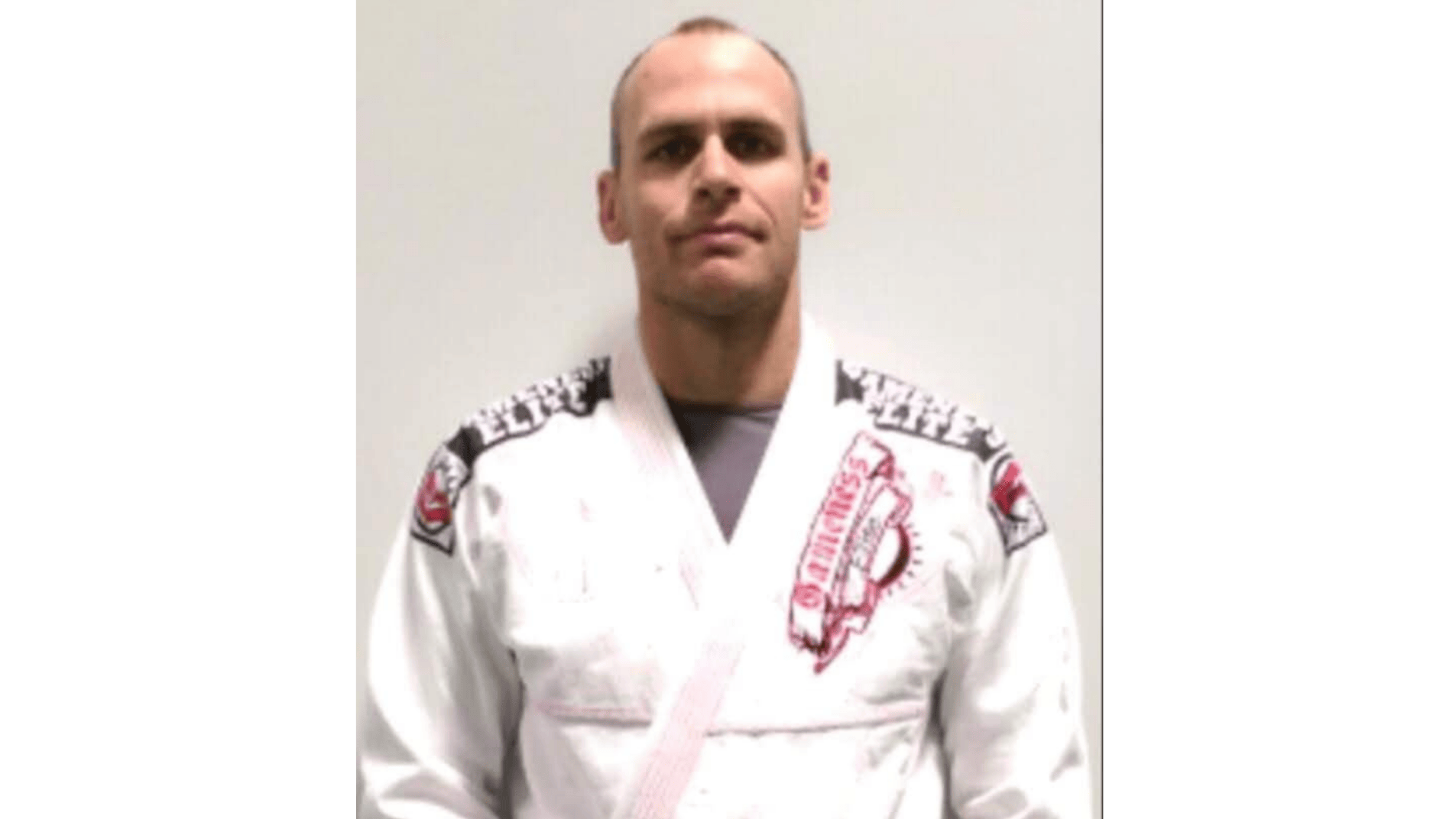
Conclusion
Martial arts training trends have shifted significantly towards embracing each student’s unique path, fostering deeper engagement and better results.
Relaxed and encouraging environments reduce barriers and promote optimal learning and retention.
Daniel Pollaccia and Mastermind Martial Arts exemplify how dedication to personalization and supportive culture propel students toward success.
For anyone considering martial arts, evaluating schools through the lens of these trends ensures a more rewarding and effective journey.
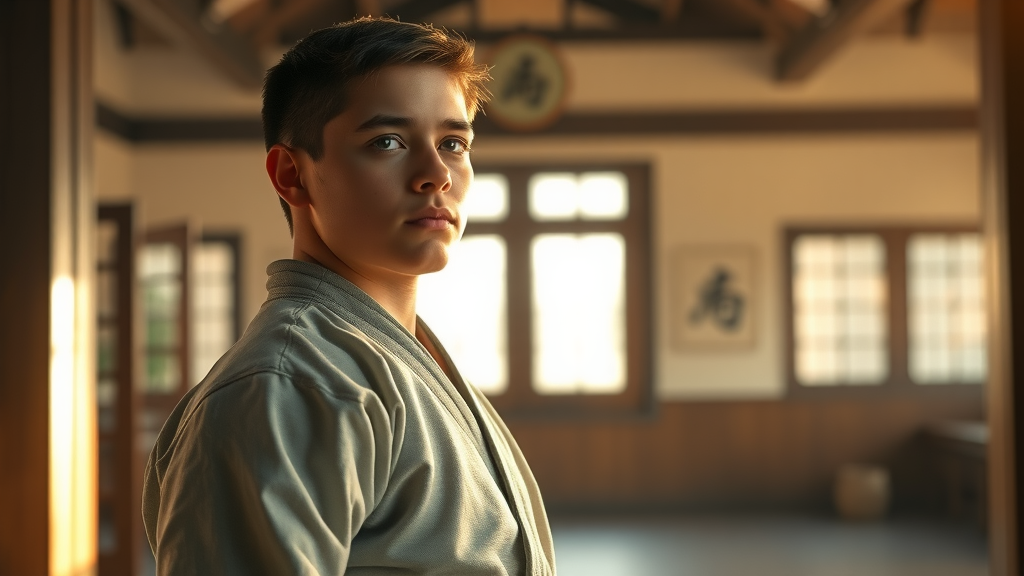
Incorporating external resources can enhance your understanding of current martial arts training trends. The article “2025 Martial Arts Industry Trends: Market Growth & Key Innovations” discusses the integration of technology, such as virtual reality and AI, into training programs, as well as the growing emphasis on health and wellness within martial arts. ( accio.com ) Additionally, “The Latest Martial Arts Trends: What’s New and Exciting” explores the rise of functional fitness in martial arts, highlighting how exercises that mimic real-life movements are being incorporated to improve strength, balance, and agility. ( onedojang.com ) If you’re serious about staying updated on martial arts training trends, these resources will provide valuable insights into the evolving landscape of the discipline.
 Add Row
Add Row  Add
Add 


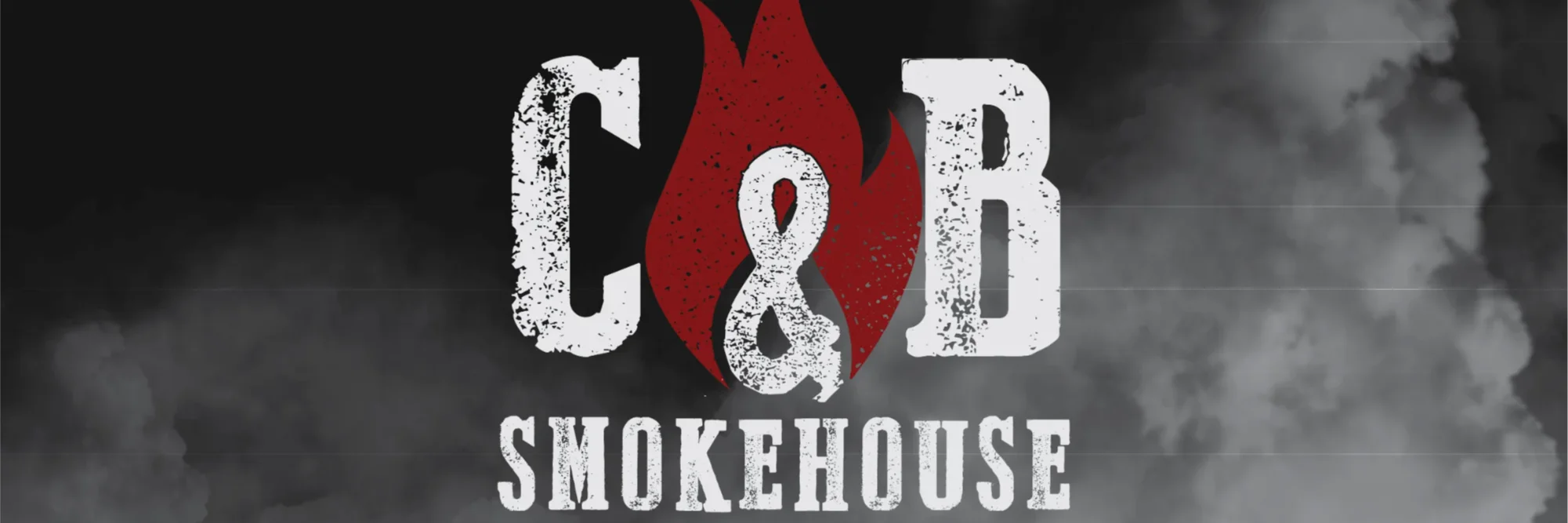

Write A Comment